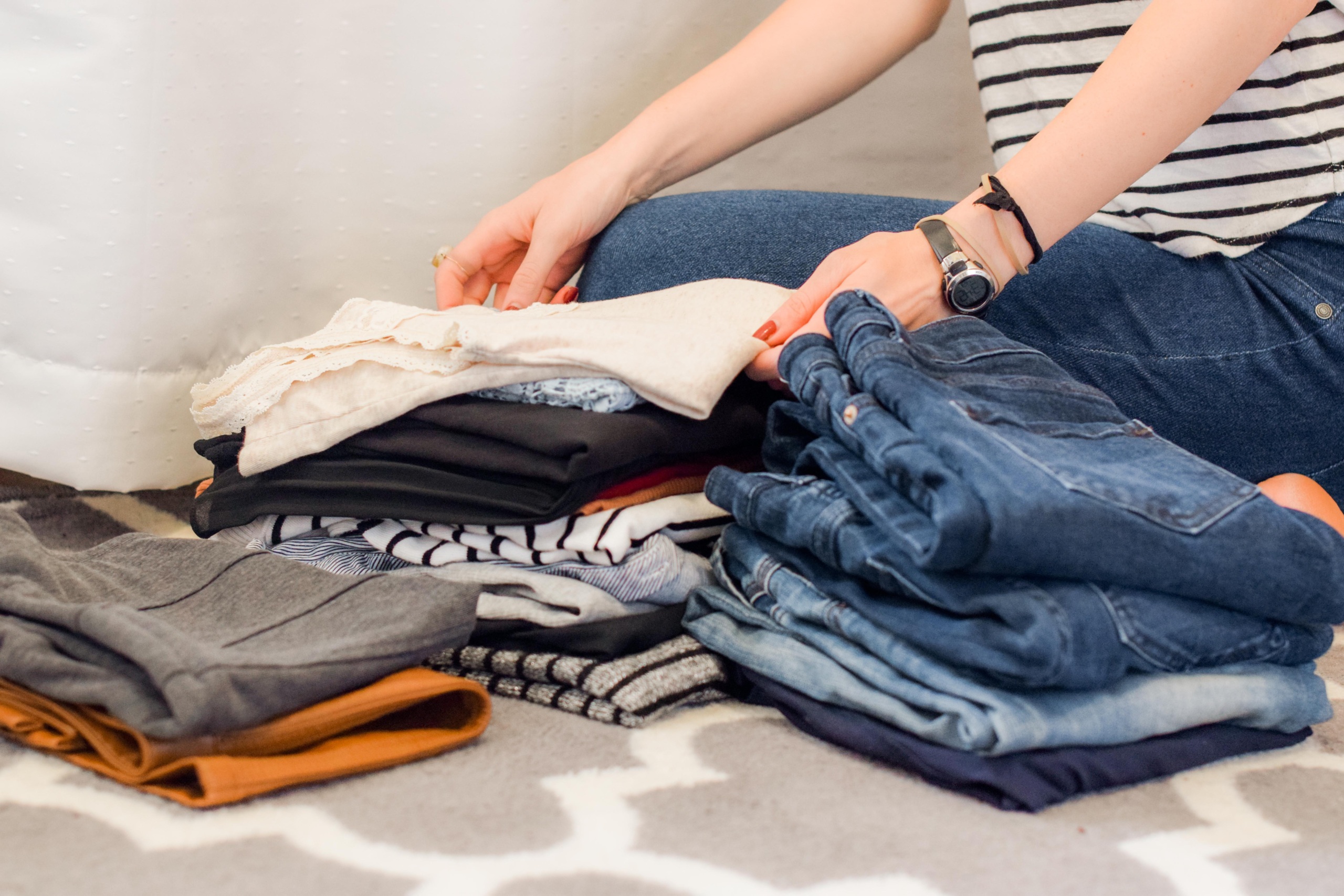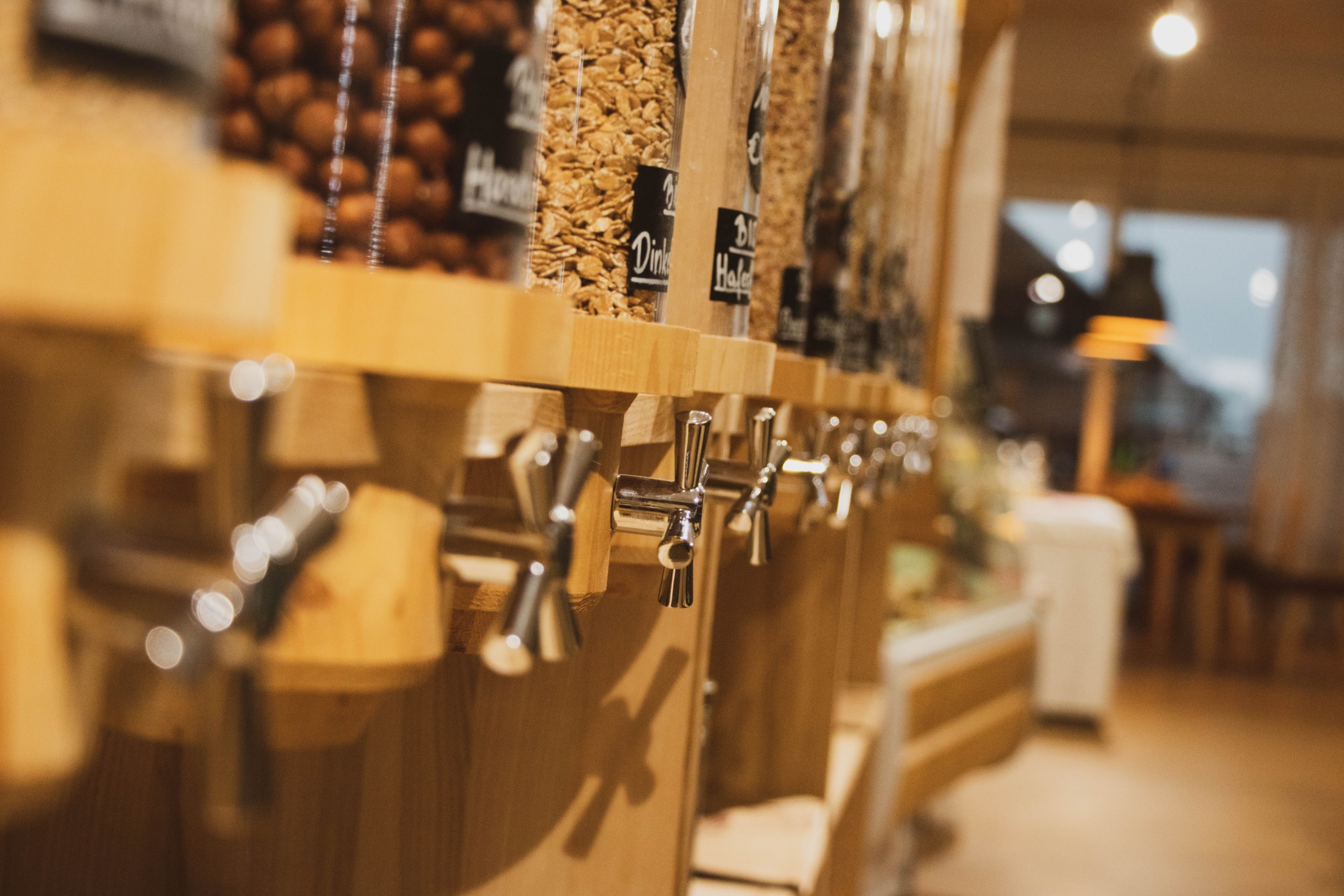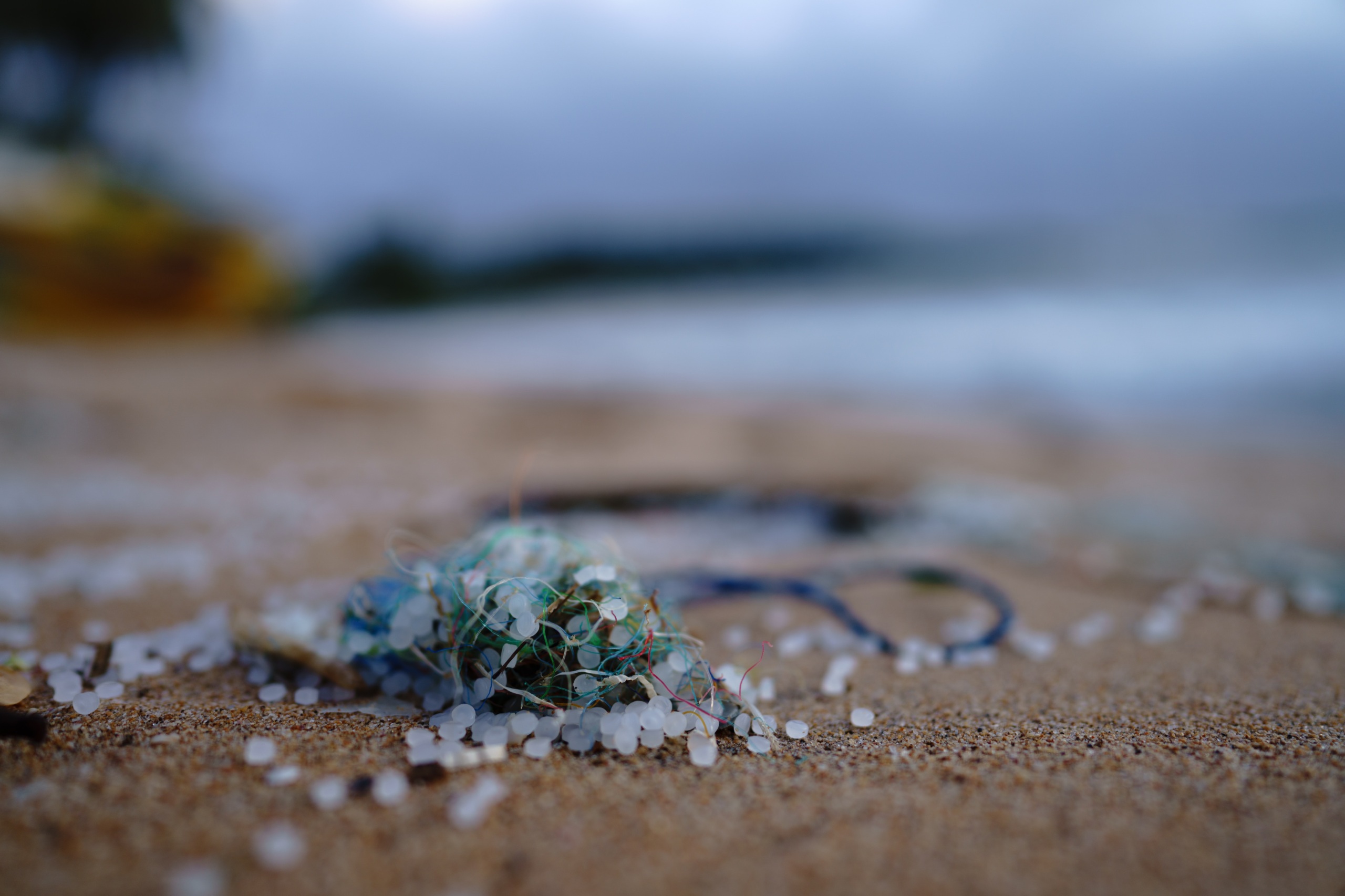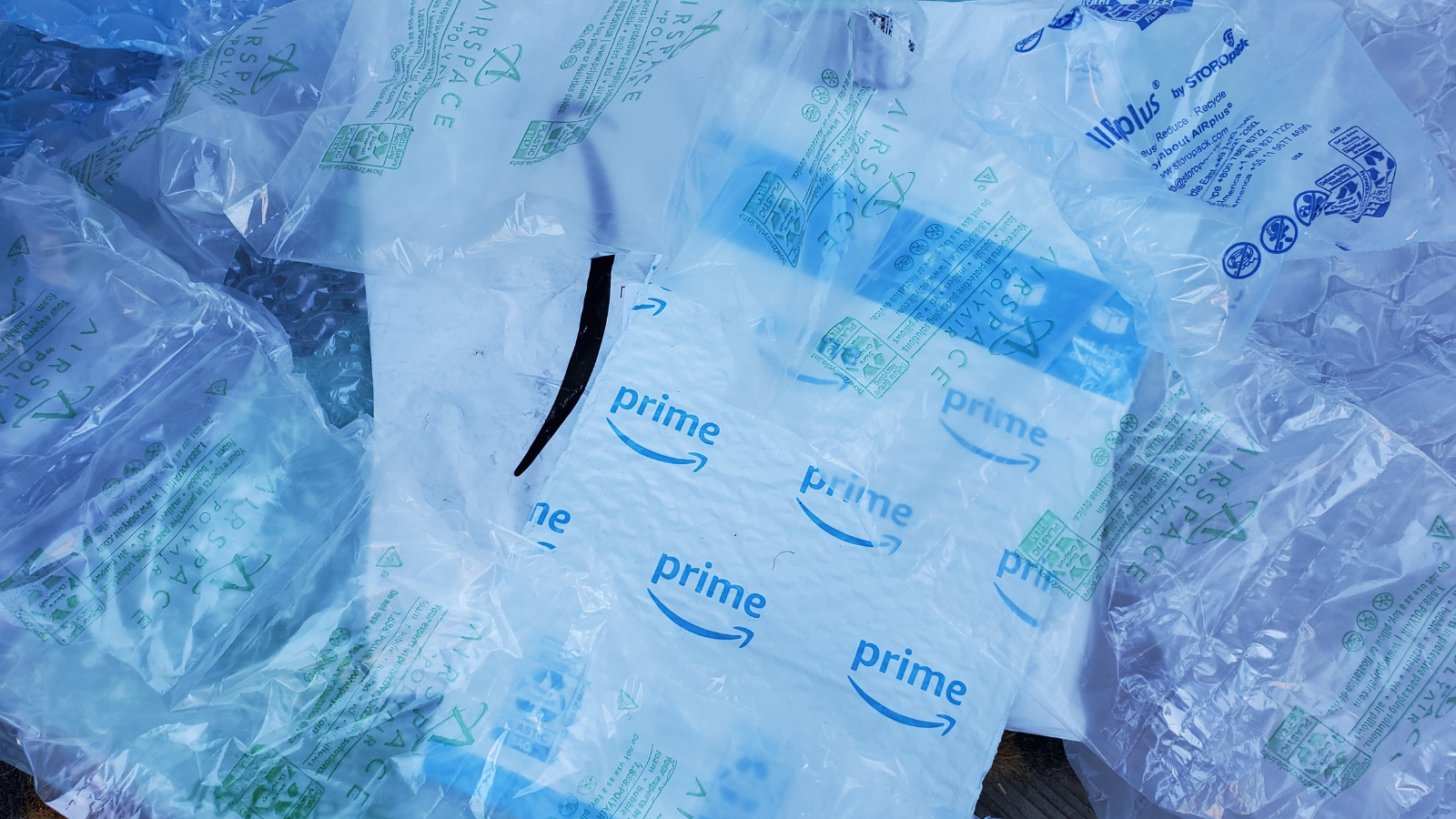
Fast fashion by the numbers
Here are some concerning facts about the fast fashion industry.

The number of new garments manufactured globally every year: 100 billion
The ratio of new garments manufactured nowadays compared to 2000: 2 to 1
The percentage of global farmland used to grow cotton for the fashion industry: 2.5
The amount of gallons of water it takes to manufacture one cotton t-shirt: 700
The estimated percentage of clothing that is made from synthetic fibers: 60
The number of barrels of oil needed to manufacture synthetic fibers every year: 342 million
The estimated percentage of microplastic pollution found in the world’s oceans that comes from synthetic clothing: 35
The percentage of global climate pollution caused by the fashion industry: 10
The amount of tons of chemicals used in clothing production every year: 43 million
The percentage of global water waste caused by the fashion industry: 20
The percentage of clothing manufactured globally that never gets sold (and likely ends up in the landfill or incinerator): 30
The number of clothing items the average American buys every year: 53
The ratio of clothing Americans buy nowadays compared to how many they bought in 2000: 4 to 1
The estimated percentage of clothing that people own but do not wear: 50
The percentage of clothing that will end up getting thrown away within 12 months of purchase: 65
The percentage of clothing that gets recycled and turned into new clothes globally: 1
The number of tons of clothing and textiles thrown away by Americans every year: 17 million
The estimated number of days it would take to fill the Mall of America– the largest shopping mall in the country– with the clothing and textiles thrown away in the United States: 6
Waste is a design flaw
This endless cycle of overproduction and waste has to stop.
As a start, manufacturers and retailers should commit to not trashing or burning unsold clothing. Sign our petition to Forever 21.
Every time we shop at fast fashion stores, we reinforce that clothing overproduction and microtrends work. But if we adapt our shopping habits to support sustainable fashion, we can show the fashion industry that their environmental damage is not something we are willing to overlook.

Fashion tips: How to dress more sustainably and reduce your environmental impact
Topics
Authors
Janet Domenitz
Executive Director, MASSPIRG
Janet has been the executive director of MASSPIRG since 1990 and directs programs on consumer protection, zero waste, health and safety, public transportation, and voter participation. Janet has co-founded or led coalitions, including Earth Day Greater Boston, Campaign to Update the Bottle Bill and the Election Modernization Coalition. On behalf of MASSPIRG, Janet was one of the founding members of Transportation for Massachusetts (T4MA), a statewide coalition of organizations advocating investment in mass transit to curb climate change, improve public health and address equity. Janet serves as Chair of the Board of Directors for the Consumer Federation of America and serves on the Common Cause Massachusetts executive committee, Alliance for a Healthy Tomorrow board of directors, and Department of Environmental Protection Solid Waste Advisory Committee. For her work, Janet has received Common Cause’s John Gardner Award and Salem State University’s Friend of the Earth Award. Janet lives in Cambridge, Massachusetts, with her husband and two sons, and every Wednesday morning she slow-runs the steps at Harvard Stadium with the November Project.
Celeste Meiffren-Swango
State Director, Environment Oregon
As director of Environment Oregon, Celeste develops and runs campaigns to win real results for Oregon's environment. She has worked on issues ranging from preventing plastic pollution, stopping global warming, defending clean water, and protecting our beautiful places. Celeste's organizing has helped to reduce kids' exposure to lead in drinking water at childcare facilities in Oregon, encourage transportation electrification, ban single-use plastic grocery bags, defend our bedrock environmental laws and more. She is also the author of the children's book, Myrtle the Turtle, empowering kids to prevent plastic pollution. Celeste lives in Portland, Ore., with her husband and two daughters, where they frequently enjoy the bounty of Oregon's natural beauty.
Find Out More

Ditch plastic packaging: Shop at your local refillery

Millions of tiny plastic pellets are being dumped into our waterways

Turning plastic waste into plastic lumber isn’t recycling


